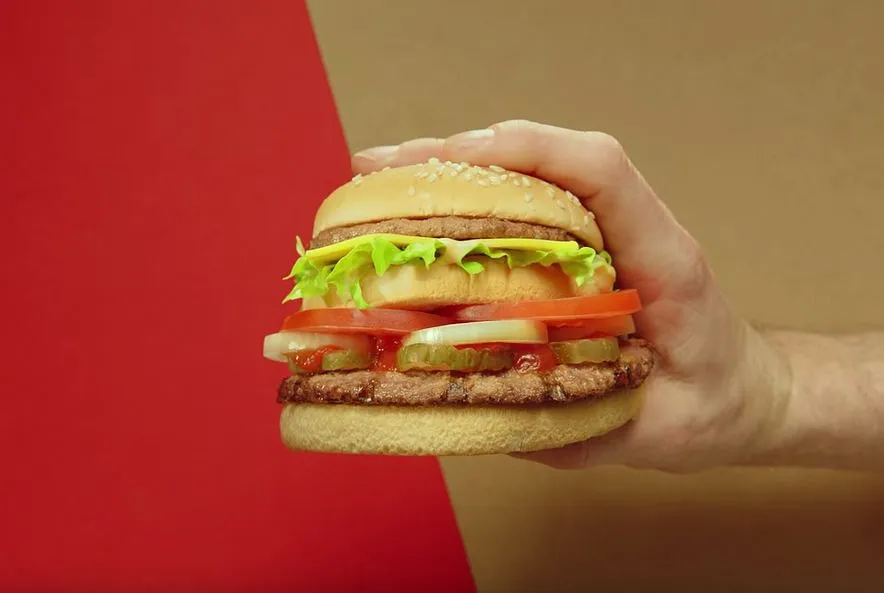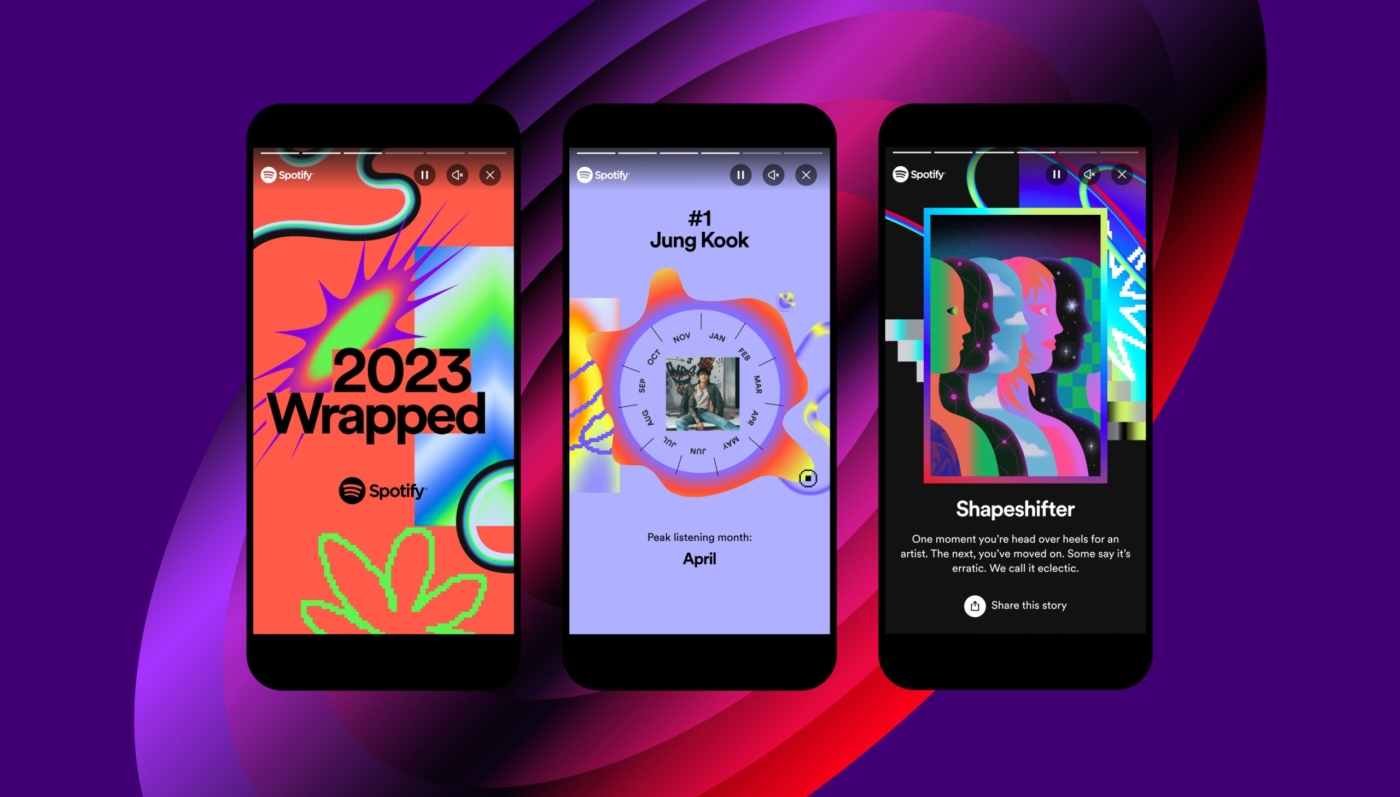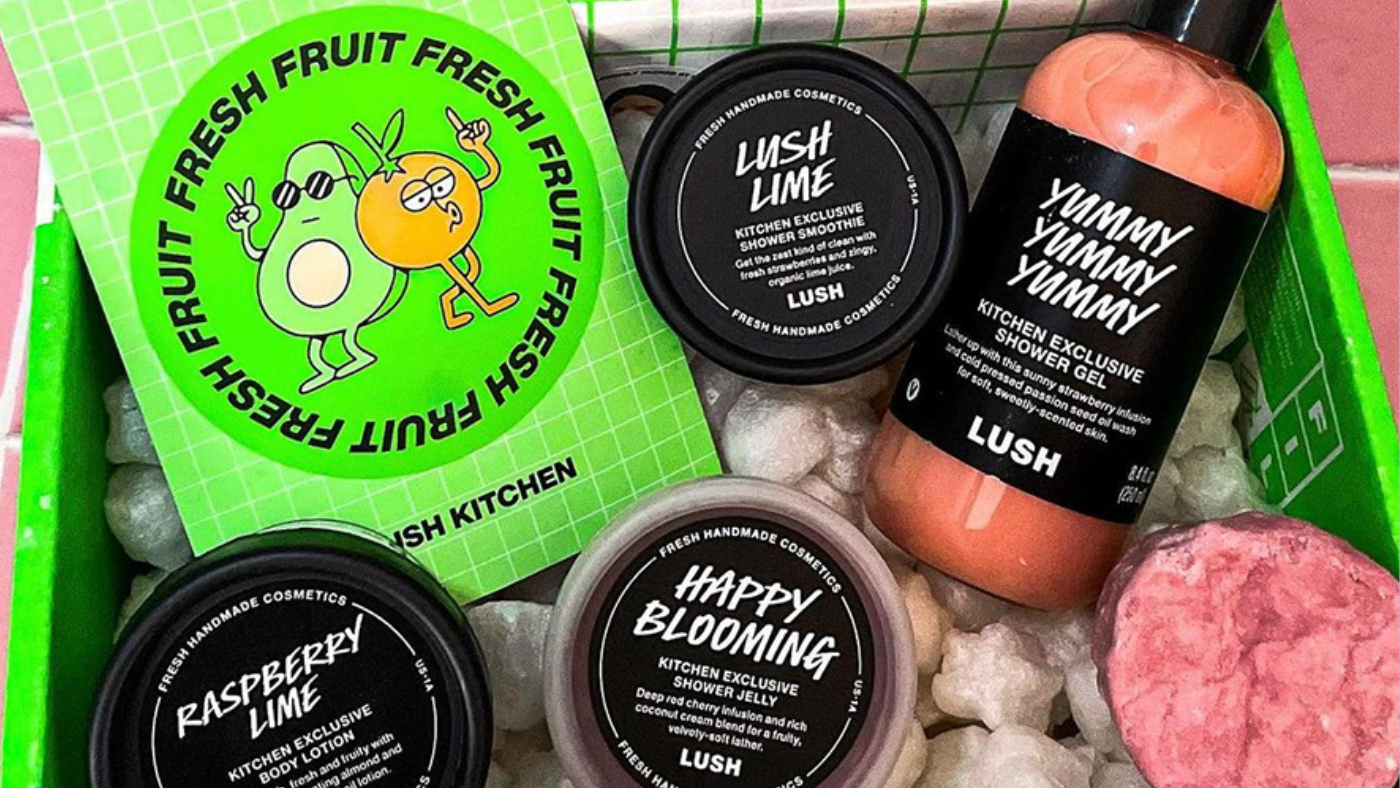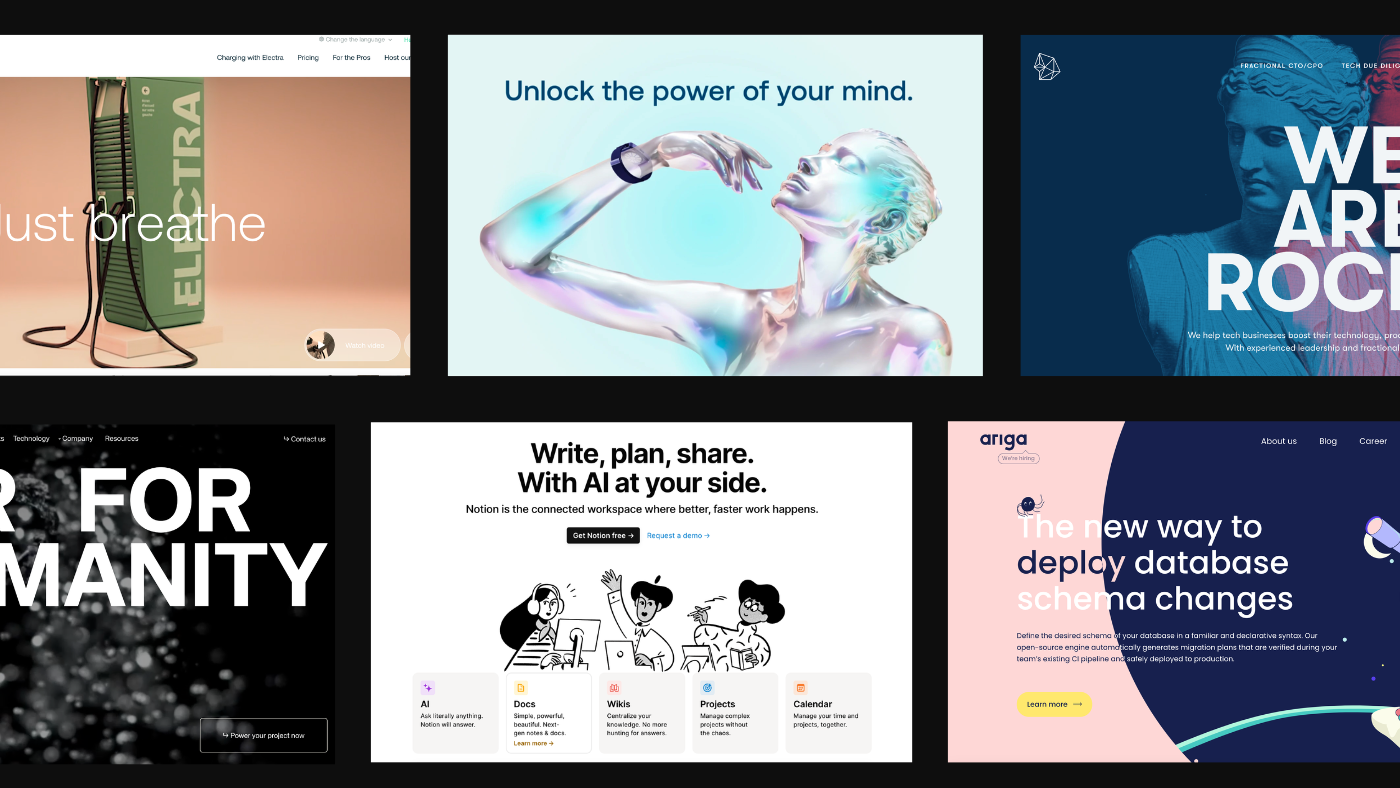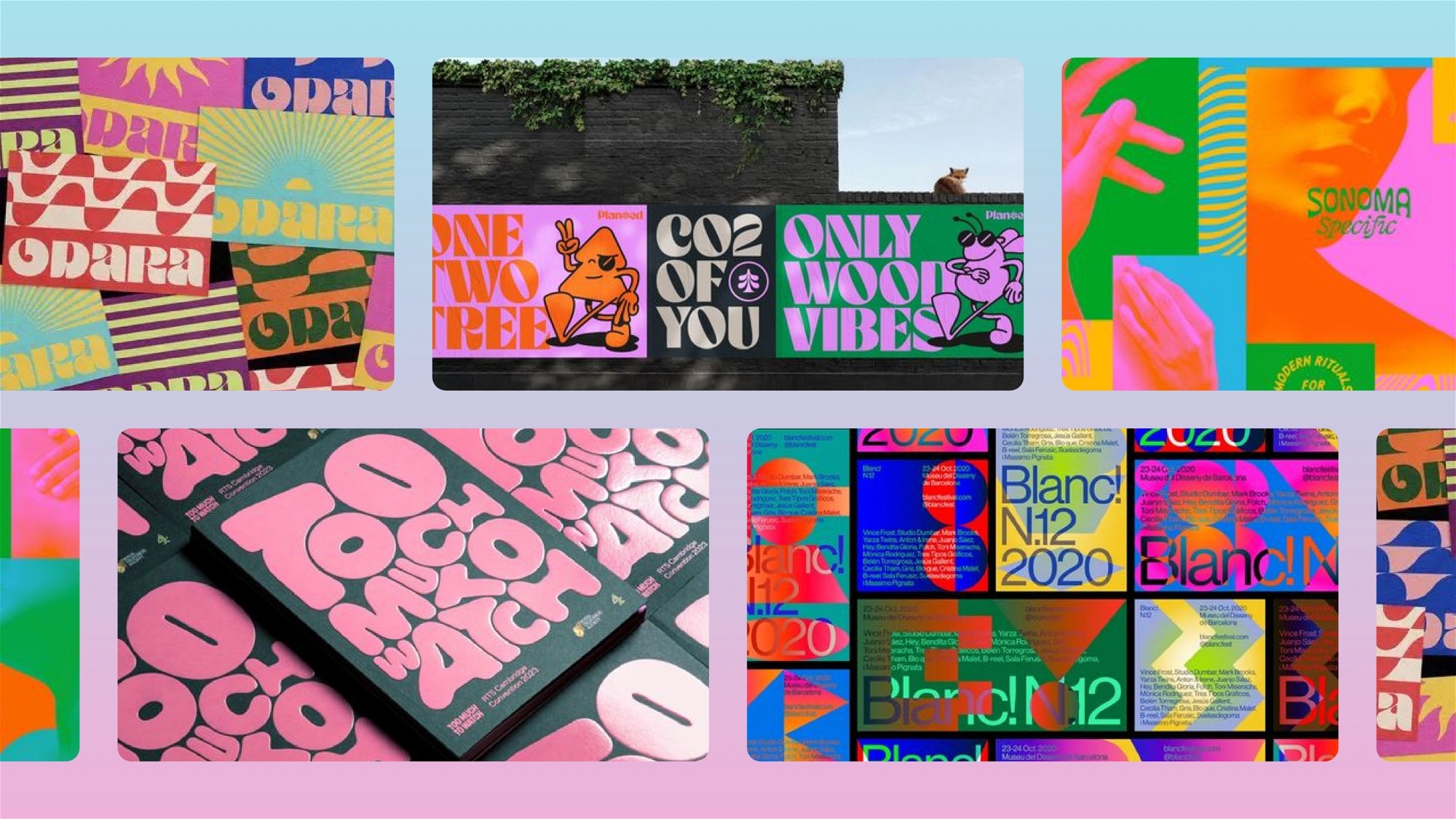Small budget, big impact: 10 creative campaigns that defied the odds

Who says you need a Scrooge McDuck vault of money to make an impact?
Sometimes, the best ideas are born from the challenge of doing more with less. Though it’s easy to assume that throwing heaps of money at a campaign is the only way to make waves, today, we’re diving into some inspiring examples of creative campaigns that made a mammoth impact, all while keeping the purse strings tightly drawn.
1. The Blair Witch Project – Guerrilla marketing

Flashback to 1999: a small-budget horror film called The Blair Witch Project decided to use the internet, still a shiny new toy for many, to spark intrigue. This was the first film marketing campaign of its kind – a digital dare that rewrote the rules. The campaign was simple: feed the urban legend mill by suggesting that the terrifying footage was real and that the cast were “missing.” Cue the goosebumps.
Filmmakers Eduardo Sánchez and Daniel Myrick were the masterminds behind this guerilla marketing coup. They crafted an elaborate backstory, complete with a website full of fake police reports, interviews, and detailed bios of the “missing” filmmakers. It was an immersive experience that had audiences questioning what was real and what wasn’t.
Remember, this was back when the internet was still in its infancy. In 1999, many people were just getting online, and using the web as a main marketing tool was like finding a new toy and realising it was actually a treasure chest. The Blair Witch website became a viral sensation, spreading through word-of-mouth and email chains—the prehistoric ancestors of today’s social media.
The payoff? Massive. The film, which cost less than a modest UK house (around $60,000), grossed nearly $250 million worldwide. It was a masterclass in how a little creativity and a juicy story could turn an indie flick into a global sensation.
This was a game-changer for movie marketing. It showed that digital platforms could engage audiences in ways traditional ads couldn’t touch, creating a sense of involvement and immediacy. It set the stage for future viral campaigns, proving that a well-spun story and the power of word of mouth marketing could be a powerful tool for generating buzz and building a loyal fan base before a film even hit theatres.
2. Cards Against Humanity – Black Friday
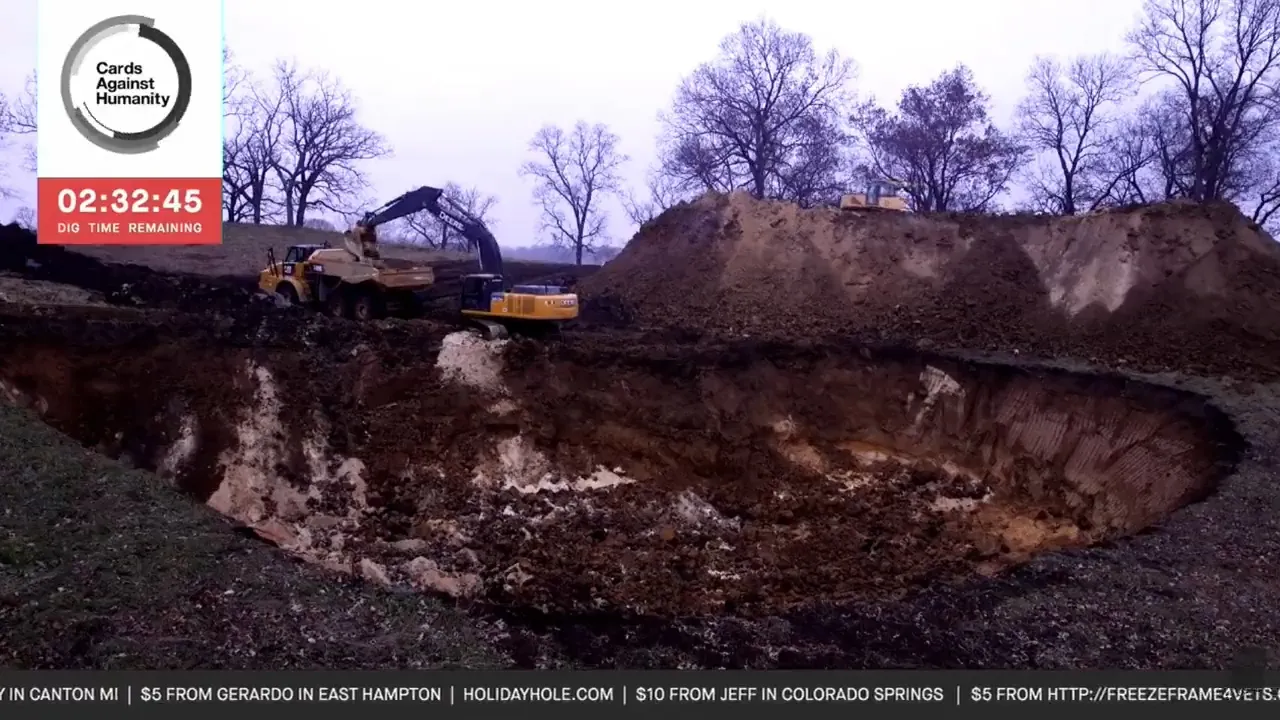
Who says you have to follow the rules? Cards Against Humanity, the party game for horrible people, decided to dig a hole. Literally. On Black Friday, instead of slashing prices, they asked people to donate money to dig a hole for no reason at all. The stunt was a dig at the absurdity of Black Friday, and it worked. People talked, laughed, and yes, they donated. It was pointless, but it proved a point about consumer culture, gaining massive publicity on a shoestring budget.
In a world where Black Friday usually means frantic shoppers and slashed prices, Cards Against Humanity turned tradition on its head. They didn’t offer discounts or special deals. Instead, they offered a big, fat nothing—wrapped in a metaphorical bow of sarcasm and wit. They called it the “Holiday Hole,” inviting people to throw money into an actual pit being dug somewhere in America. The catch? There was no catch. The money wasn’t going to charity, and there was no product to buy—just a live feed of a hole getting deeper with each donation.
What seemed like a nonsensical stunt quickly became a viral sensation. People couldn’t resist the absurdity. The more they donated, the deeper the hole got. It was a tongue-in-cheek commentary on the mindless consumerism that Black Friday epitomizes. By encouraging people to spend money on absolutely nothing, Cards Against Humanity highlighted the often ridiculous nature of holiday shopping sprees.
The brilliance of this campaign lay in its simplicity and audacity. It wasn’t about the hole; it was about the conversation. News outlets picked up the story, social media buzzed, and everyone from casual observers to die-hard fans of the game joined in the fun. The stunt was clever, irreverent, and perfectly aligned with the brand’s image of pushing boundaries and making people laugh.
And it didn’t stop at the Holiday Hole. Cards Against Humanity has a history of outlandish Black Friday pranks. One year, they raised their prices instead of lowering them. Another year, they sold boxes of literal bull feces. Each time, they managed to grab headlines and generate discussions, all while spending minimal money on traditional advertising.
By flipping the script on Black Friday, Cards Against Humanity proved that you don’t need a massive budget to make a massive impact. Their unconventional approach tapped into a universal sentiment: the ridiculousness of consumer culture. They turned a day of mindless spending into a thought-provoking joke, earning massive publicity and cementing their reputation as marketing mavericks.
Cards Against Humanity showed that sometimes, the best way to stand out is to do something so completely unexpected that people can’t help but take notice. They turned digging a hole into a masterclass in guerrilla marketing, proving once again that with a bit of creativity and a willingness to break the rules, you can turn even the most mundane idea into a cultural phenomenon.
3. IKEA – The Sleepover

IKEA, known for its flat-pack furniture and Swedish meatballs, took customer engagement to a new level in 2011 by hosting a sleepover at their Essex store in the UK. This came about after a Facebook group titled ‘I wanna have a sleepover in IKEA‘ caught the brand’s attention. The event included manicures, movies, and bedtime stories. By leveraging social listening and a unique in-store event, IKEA created a memorable experience for customers and generated a buzz that money simply can’t buy.
Imagine your favourite place to shop for home essentials turning into a giant sleepover party. That’s exactly what happened when IKEA decided to grant the wish of a Facebook group with over 100,000 members who were clamouring for a sleepover at the store. It was the ultimate brand-consumer interaction—a dream literally coming true for fans of the Swedish furniture giant.
The event was a stroke of marketing genius. IKEA didn’t just set up some beds and call it a night. They went all out, transforming the store into a cozy, interactive wonderland. Participants were treated to manicures, movies, bedtime stories read by a celebrity, and even advice from a sleep expert. It was like stepping into the best pajama party ever, with the added bonus of being surrounded by IKEA’s stylish furniture and decor.
What made this sleepover more than just a quirky event was IKEA’s smart use of social listening. By paying attention to what their customers were saying online, they tapped into a unique opportunity to engage with them in a meaningful and memorable way. This wasn’t a marketing ploy cooked up in a boardroom; it was a response to a genuine consumer desire, which made it all the more impactful.
The buzz generated from the sleepover was phenomenal. It wasn’t just the attendees who were talking about it—news outlets picked up the story, and social media was ablaze with mentions and shares. The event showcased IKEA’s ability to think outside the box (or inside the flat-pack, as it were), creating an experience that resonated far beyond the walls of the store.
And let’s be honest, who wouldn’t want to spend a night in an IKEA? It’s the ultimate fantasy for anyone who has ever gotten lost in their sprawling showrooms or dreamed of testing out those plush mattresses for a whole night. IKEA managed to turn that fantasy into a reality, all while reinforcing their brand’s fun, innovative image.
By listening to their customers and delivering an unforgettable experience, they showed that sometimes the best marketing doesn’t come from ads or campaigns but from real, human connections. IKEA’s sleepover wasn’t just a night to remember for those who attended; it was a shining example of how to turn a simple idea into a marketing marvel.
4. Old Spice – The Man Your Man Could Smell Like

Old Spice transformed its brand from “your grandfather’s deodorant” to the epitome of cool through a series of quirky and viral videos featuring the now-iconic Old Spice Guy. With a modest budget but a rich seam of creativity, they created a campaign that lived and breathed in social media shares and retweets, significantly boosting sales and reinventing the brand’s image.
Picture this: you’re in the middle of yet another humdrum commercial break when suddenly, a man on a horse strides into your living room, exuding confidence and charm while rattling off absurdly captivating lines. “Look at your man, now back to me, now back at your man, now back to me.” Enter the Old Spice Guy, the embodiment of suave masculinity with a cheeky twist, who single-handedly turned Old Spice from a dusty relic into the must-have grooming brand.
The campaign, launched in 2010, was a stroke of marketing genius. Old Spice, once synonymous with grandpas everywhere, needed a fresh, modern makeover. So, they rolled up their sleeves and unleashed Isaiah Mustafa, the Old Spice Guy, in a series of commercials that were equal parts hilarious and surreal. The videos were a hit, thanks to their perfect blend of humour, absurdity, and sheer watchability.
But the genius didn’t stop at the commercials. Old Spice took the conversation to social media, creating a real-time engagement extravaganza. They responded to fans’ tweets, Facebook posts, and comments with personalised video replies from the Old Spice Guy himself. This level of interaction was groundbreaking at the time and made fans feel like they were part of the fun. The internet went wild. Shares, retweets, and likes spread the campaign like wildfire, reaching millions without the need for an astronomical ad spend.
The results were nothing short of phenomenal. Old Spice sales soared, and the brand’s image underwent a complete transformation. No longer was Old Spice the punchline of jokes about old-school cologne. It was now the gold standard for cool, clever, and contemporary men’s grooming products. The campaign’s success was a testament to what can happen when you mix a modest budget with a big, bold idea and let creativity run wild.
5. Dove – Real Beauty Sketches

Dove took a starkly different approach to beauty in their ‘Real Beauty Sketches‘ campaign, highlighting how women view themselves versus how others see them. The emotional, viral videos cost little compared to high-budget beauty ads but struck a chord worldwide, enhancing Dove’s brand image as a champion for real beauty.
In a world flooded with airbrushed models and impossible beauty standards, Dove decided to take a different route. They didn’t just want to sell soap; they wanted to start a conversation about beauty, self-perception, and self-esteem. Enter the ‘Real Beauty Sketches’ campaign—a heartfelt project that did more than turn heads; it touched hearts.
The concept was simple: Dove brought in a forensic artist to sketch women based on their own descriptions and then again based on descriptions from strangers. The results were eye-opening: the sketches based on the strangers’ descriptions were invariably more flattering and accurate, highlighting a stark contrast between how women perceive themselves and how others see them.
It’s a phenomenal example of emotional storytelling. They didn’t need a Hollywood budget to make an impact. Instead, they relied on genuine, unscripted moments that resonated deeply with viewers. The raw honesty and vulnerability of the participants struck a chord, sparking a global conversation about self-esteem and body image.
The campaign went viral almost overnight. Social media lit up with shares, likes, and heartfelt comments. Women everywhere saw themselves in the participants, realising they, too, were their own harshest critics. The message was clear: you are more beautiful than you think. Dove had tapped into a universal truth, and the world was listening.
The impact on Dove’s brand was monumental. They weren’t just another company pushing products; they were champions for real beauty, advocates for self-love and acceptance. This campaign positioned Dove as a brand that cared about its customers’ well-being, not just their wallets. It was a refreshing change in an industry often criticised for promoting unrealistic ideals.
Dove showed us that you don’t need flashy ads or celebrity endorsements to make a lasting impact. Sometimes, all you need is a little honesty and a lot of heart. By challenging societal norms and encouraging women to see their true beauty, Dove not only boosted their brand but also made a meaningful difference in the lives of millions.
6. The ALS Ice Bucket Challenge
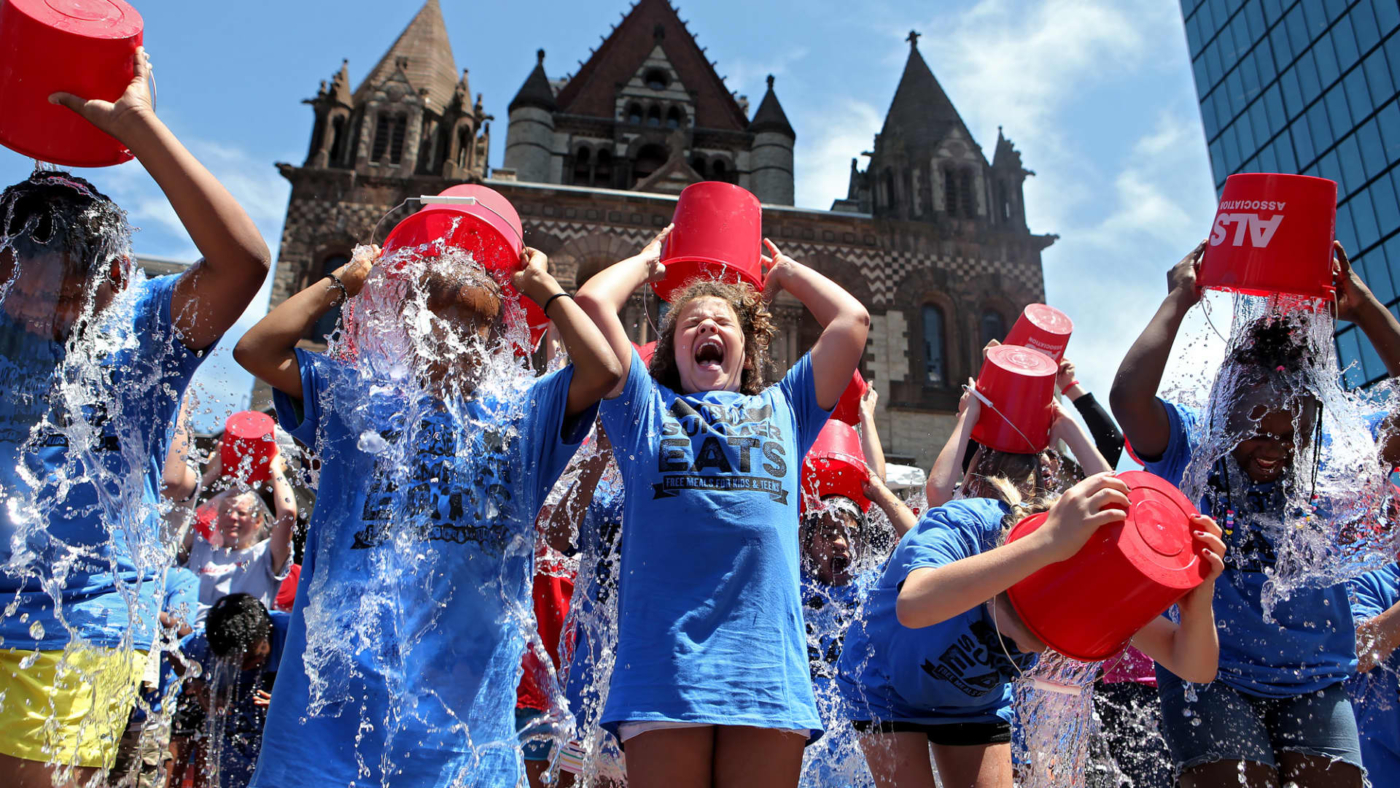
Interested in working with KOTA?
Drop us a line at
hello@kota.co.uk
We are a Creative Digital Agency based in Clerkenwell London, specialising in Creative Web Design, Web Development, Branding and Digital Marketing.

